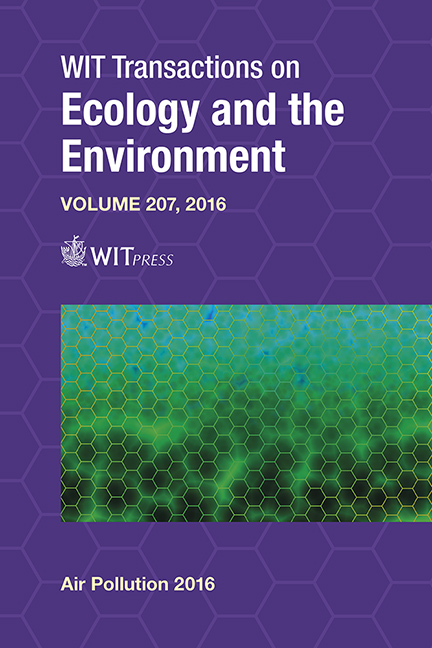The Work Environment Quality At The Shaft Furnace Of A Crude Lead Tapping And Refining Process
Price
Free (open access)
Transaction
Volume
207
Pages
11
Page Range
133 - 143
Published
2016
Size
1,277 kb
Paper DOI
10.2495/AIR160131
Copyright
WIT Press
Author(s)
K. Lach, K. Klouda, S. Brádka
Abstract
The paper deals with the state of workplaces which process spent batteries and accumulators by melting them in a shaft furnace, with subsequent refining of crude lead. The first part of this study deals with the working environment near the blast furnace processing crude lead. The second part deals with the incidence and composition of particulate matter in the environment refining crude lead.
Lead waste is melted mostly from discarded (broken) lead starter accumulators. Burning of coke inside a shaft furnace causes the melting of lead and its reduction. Measurements of distribution of nano- and microparticles were performed during the described operations. The particles were collected by means of a Nano-ID® Select fractional sampler to analyze their morphology and chemical compositions. Spherical, cubic, cuboidal, cylindrical and amorphous particles were found, with the prevailing composition of Pb and PbS alloys. However, the atmosphere in proximity to the furnace also contains particles of other heavy metals that pose a high health risk.
The crude lead refining process eliminates metallic impurities (Cu, Zn, Ag, Au, Sn, As, Sb) from lead obtaining pure lead and other metals that can be further reused. Measurement of the size dependent distribution of fine aerosol, chemical composition and morphology of nano- and microparticles and the surface area equivalent dose of particles in the size range of 10 to 1000 nanometers were carried out near the copper removing process.
Keywords
air pollution, heavy metals, dust composition, working environment, metals mass distribution





